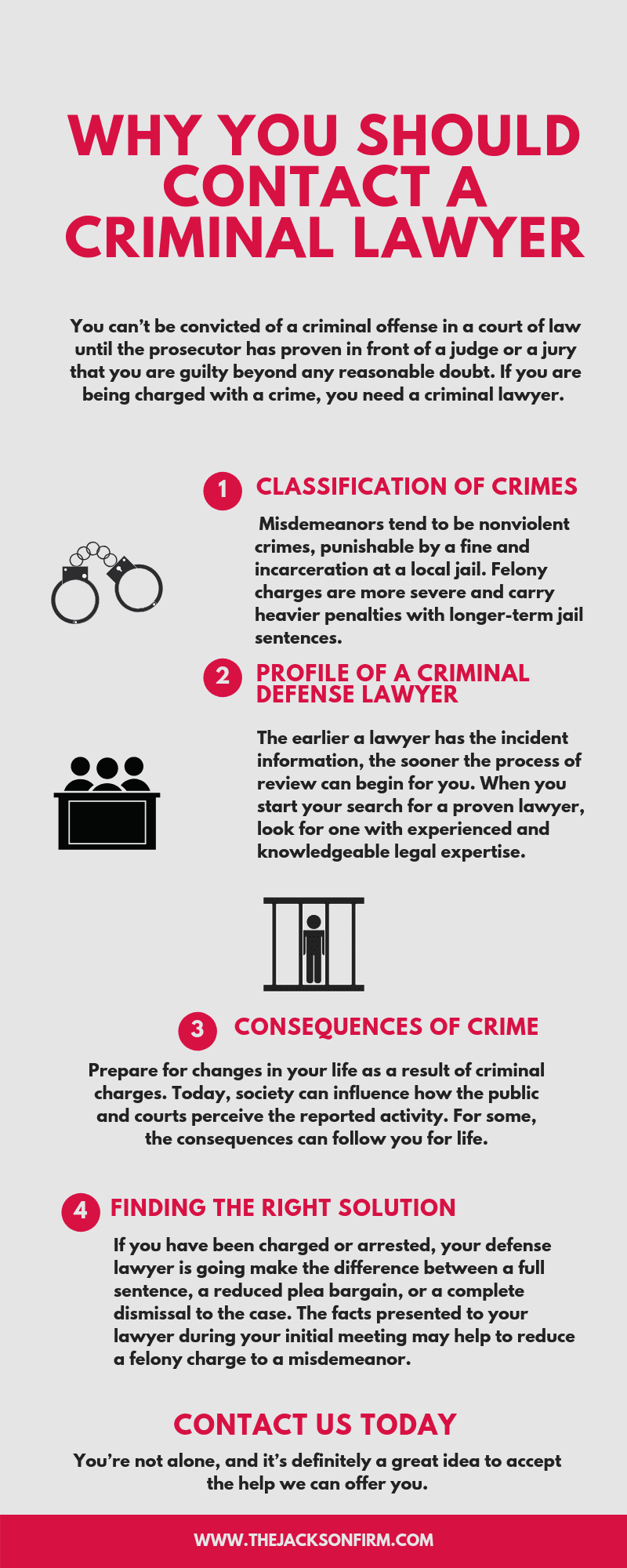Understanding The Criminal Test: A Comprehensive Step-By-Step Failure
Understanding The Criminal Test: A Comprehensive Step-By-Step Failure
Blog Article
Developed By-Butcher Schmitt
When you step into a criminal trial, you may be stunned by the structured process that unravels. It all starts with court selection, where possible jurors are looked at for predispositions with a method called "voir dire." After that, both sides present their opening statements, setting the stage for the evidence and testaments to adhere to. You'll see exactly how the prosecution and protection build their situations, however what occurs next can considerably impact the outcome. Comprehending these stages can reveal the intricacies of justice, but there's more to reveal regarding the critical moments that adhere to.
Court Option Refine
When it concerns the jury choice procedure, you're diving right into a vital phase of a criminal test. This process, frequently called "voir dire," involves questioning possible jurors to ensure they're objective and with the ability of providing a reasonable verdict.
You'll see both the prosecution and defense attorneys taking part actively, each aiming to pick jurors that line up with their case's narrative.
Throughout voir dire, you'll discover that lawyers ask concerns regarding jurors' backgrounds, ideas, and experiences. Their objective is to identify any kind of pre-existing prejudices that can influence a juror's decision. As a juror, you could really feel a mix of anxiety and interest, but your sincerity is important.
After questioning, lawyers can test particular jurors for reason if they think a juror can not continue to be unbiased. https://www.cnbc.com/2022/08/22/trump-pac-paid-lawyers-almost-1-million-amid-georgia-new-york-probes.html can likewise utilize a restricted number of peremptory challenges to disregard jurors without specifying a factor.
Test Phases Explained
The phases of a criminal trial play a vital function in making sure a fair and structured process.
You'll initially experience the opening statements, where both the prosecution and defense describe their instances. This sets the stage for what's to come.
Next off, the prosecution provides its proof and witnesses, intending to confirm the offender's shame past a practical uncertainty. You'll see straight examination complied with by interrogation, allowing both sides to test today information.
After the prosecution relaxes its instance, it's the protection's turn. They'll provide their proof and witnesses, typically focusing on creating sensible question. You'll discover that the protection doesn't need to verify innocence; they simply need to test the prosecution's case.
Once both sides have presented their arguments, you'll listen to shutting statements, where each party summarizes their case. This is essential as it strengthens their settings prior to the jury deliberates.
Throughout these stages, the judge ensures that the trial abides by legal criteria and that the civil liberties of both celebrations are protected.
Understanding these phases will help you value the complexities involved in a criminal trial and the significance of each action in the quest of justice.
Verdict and Sentencing
Nevertheless evidence has been presented and disagreements made, the court or court delivers a verdict, determining the defendant's sense of guilt or innocence. If you're part of the court, you'll mull over with your fellow jurors, going over the proof and your impressions. This process can take some time, as you'll intend to make certain every person agrees on the verdict based on the truths.
When a verdict is reached, it's revealed in court. If the defendant is condemned, the following phase is sentencing. This is when the judge determines the appropriate punishment. You might notice that numerous aspects affect the sentence, such as the extent of the crime, the defendant's previous record, and any kind of mitigating circumstances.
The judge may enforce a series of sentences, from fines and social work to imprisonment. Sometimes, the protection or prosecution can present disagreements concerning sentencing, attempting to persuade the judge's decision.
If the accused is found not guilty, they're acquitted, and no penalty follows. Remember that a guilty judgment can typically lead to allures, where the accused might challenge the verdict or the sentence enforced.
Final thought
In a criminal test, you have actually seen exactly how vital each step is, from jury choice to the final judgment. You have actually complied with the prosecution and protection as they build their situations, intending to convince the jury. When deliberation concludes, the decision identifies the outcome, and if the defendant is condemned, the sentencing phase starts. Recognizing these processes aids you value the intricacies of the justice system and the value of each role in ensuring a fair trial.
